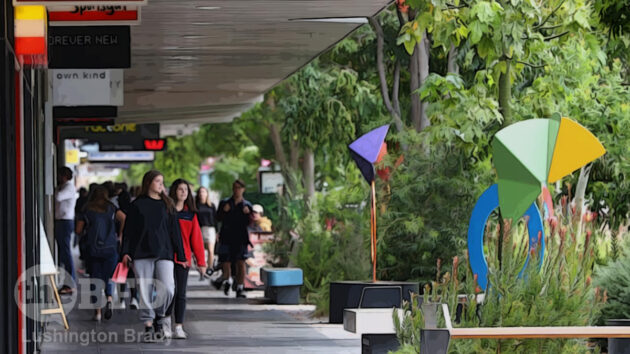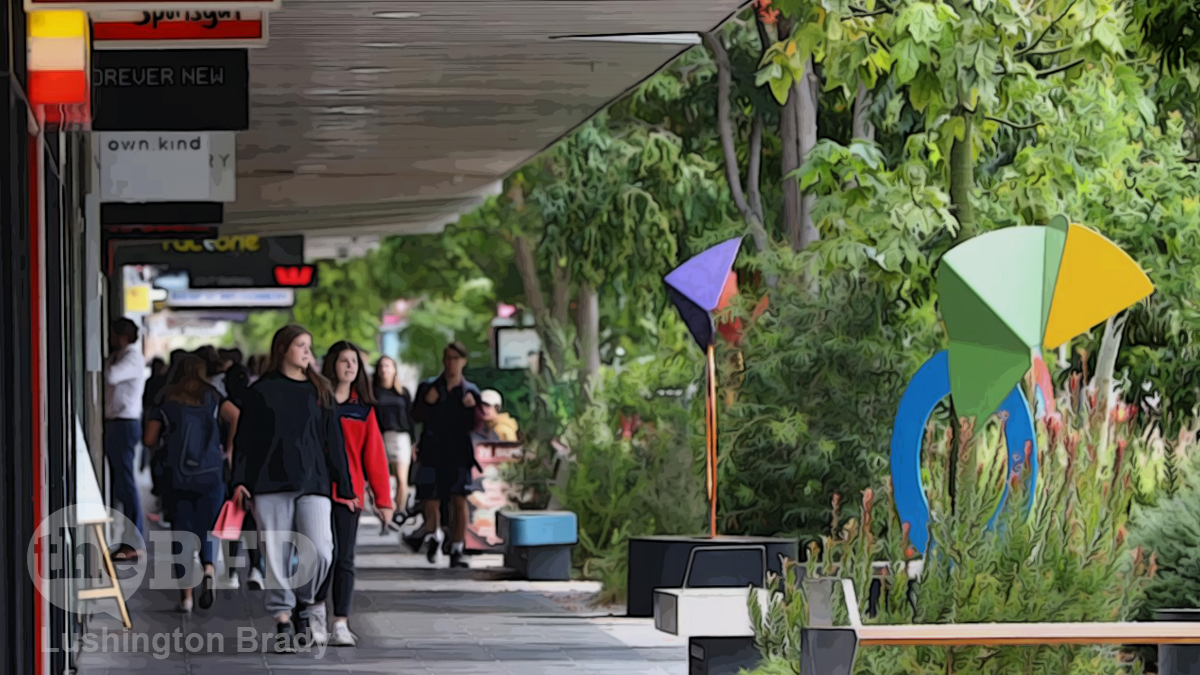If you went to school in the 70s and 80s and played downball or lunchtime cricket on acres of asphalt shimmering in the sun, you’ll be well acquainted with the urban heat island effect. Cities are made of stuff like concrete, brick and asphalt, which tends to bake in the sun — and hold onto that heat well into the night.
The upshot of this is that cities and suburbs tend to be much hotter than rural areas. This has many drawbacks, from just being plain darn uncomfortable, to skewing climate records, and possibly contributing significantly to global warming itself. But it may be possible to at least partially remedy it.
NASA’s Goddard Institute for Space Studies (GISS) has released research that suggests using rooftop gardens and greenery could combat severe heat in cities.
Researchers have endorsed replacing dark-coloured roofing materials and black tar with Sun-reflecting surfaces also known as “green roofs” for several decades. They have now got data from satellites which is freely accessible to measure the effectiveness of these changes.
One of the issues with so many “climate initiatives” is that they are often worse than what they’re trying to cure. Electric cars requires vast quantities of polluting chemicals to make. Wind turbines wreak havoc on wildlife. “Renewable energy” boondoggles siphon billions from taxpayers and send energy prices soaring.
At least the “green roofs” initiative is relatively benign by comparison.
Green roofs are designed to lower the temperature by using the power of plants to cool the temperature in city spaces. The greenery can range from shallow soil and low-maintenance gardens to more diverse trees, shrubs, and plants.
If nothing else, green spaces in cities are just a lot more pleasant than concrete jungles. In one a rare outburst of good planning, the council in my home town has turned one of the city’s main thoroughfares into a lush, “green spine”.

Three sites in the city of Chicago were studied by the GISS team and two of the three green roofs succeeded in reducing the temperatures. The study results showed indication that the location and plant diversity, among other factors would have a bearing on the effectiveness. Scientists say the benefits are dependent on rooftop structure, geographic region, and the building’s own cooling efficiency. Studies with larger sample sizes will be required to separate the details, but the study is an encouraging beginning […]
Christian Braneon, a climate scientist and civil engineer at Columbia University and GISS […] partnered with Chicago Planning and Development department and Chicago Public health department for the green roofs study at the three sites in the early 2000s. The sites were a Walmart shopping centre, Millennium Park, and City Hall.
Imagery captured by the Landsat 5 satellite between 1900 and early 2000s was used by researchers who compared variations in the land surface temperatures and vegetation abundance at the three sites, as well as the nearby control sites that did not have green roofs installed.
Australian Free Independent Press Network
The results were mixed. The Walmart site, as a greenfields development, showed that even the “greenest” urban development can’t compete with unbuilt vegetation. Well, duh. The City Hall site started well, but its temperatures began to rise toward the end of the study. The biggest success was Millenium Park, which showed significantly lower temperatures after the installation of its “green roof”.
Clearly, more research on more sites is needed to establish whether or not green roofs really do anything to offset the urban heat effect. If nothing else, more green spaces in cities will surely be simply more appealing. Of all “climate” initiatives, it seems at least fairly benign.

